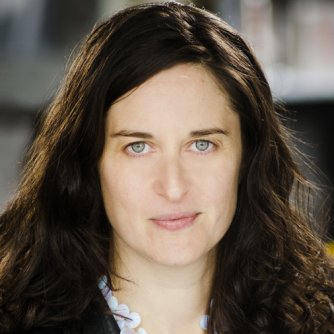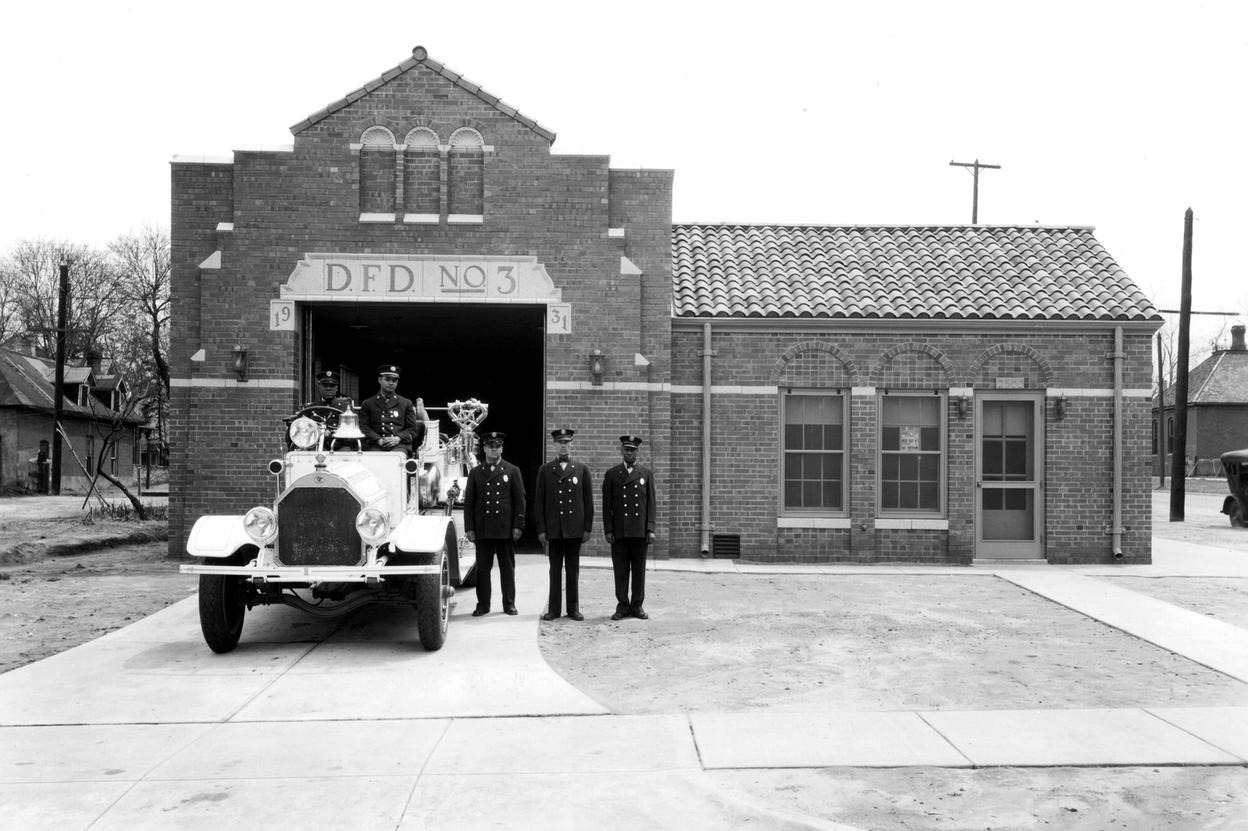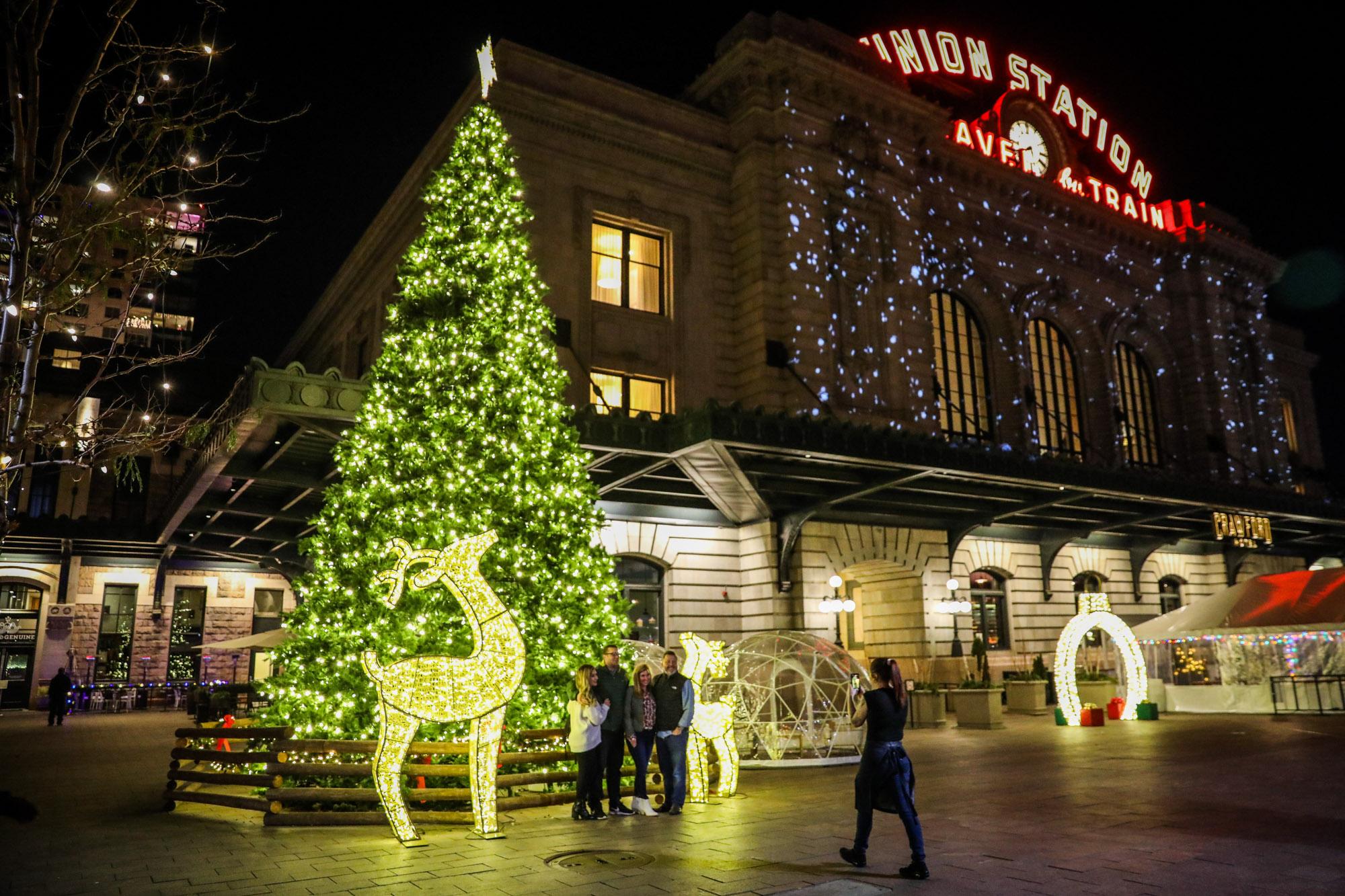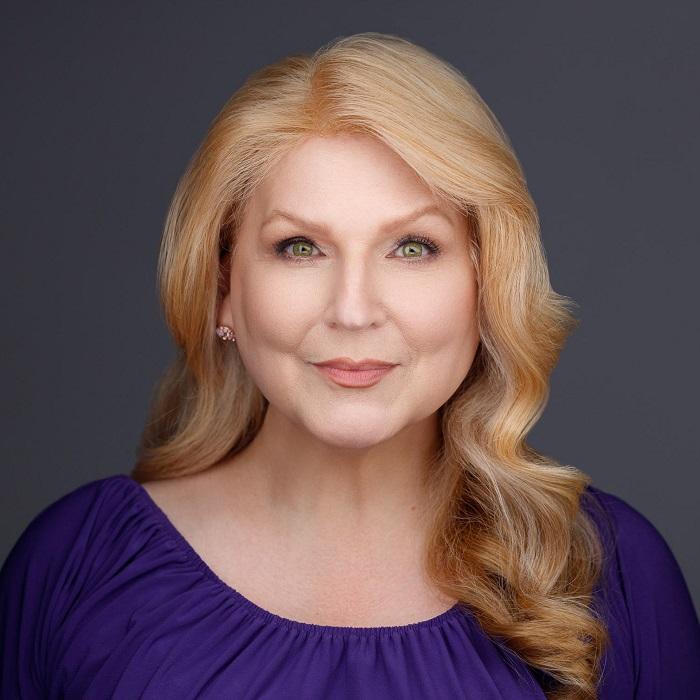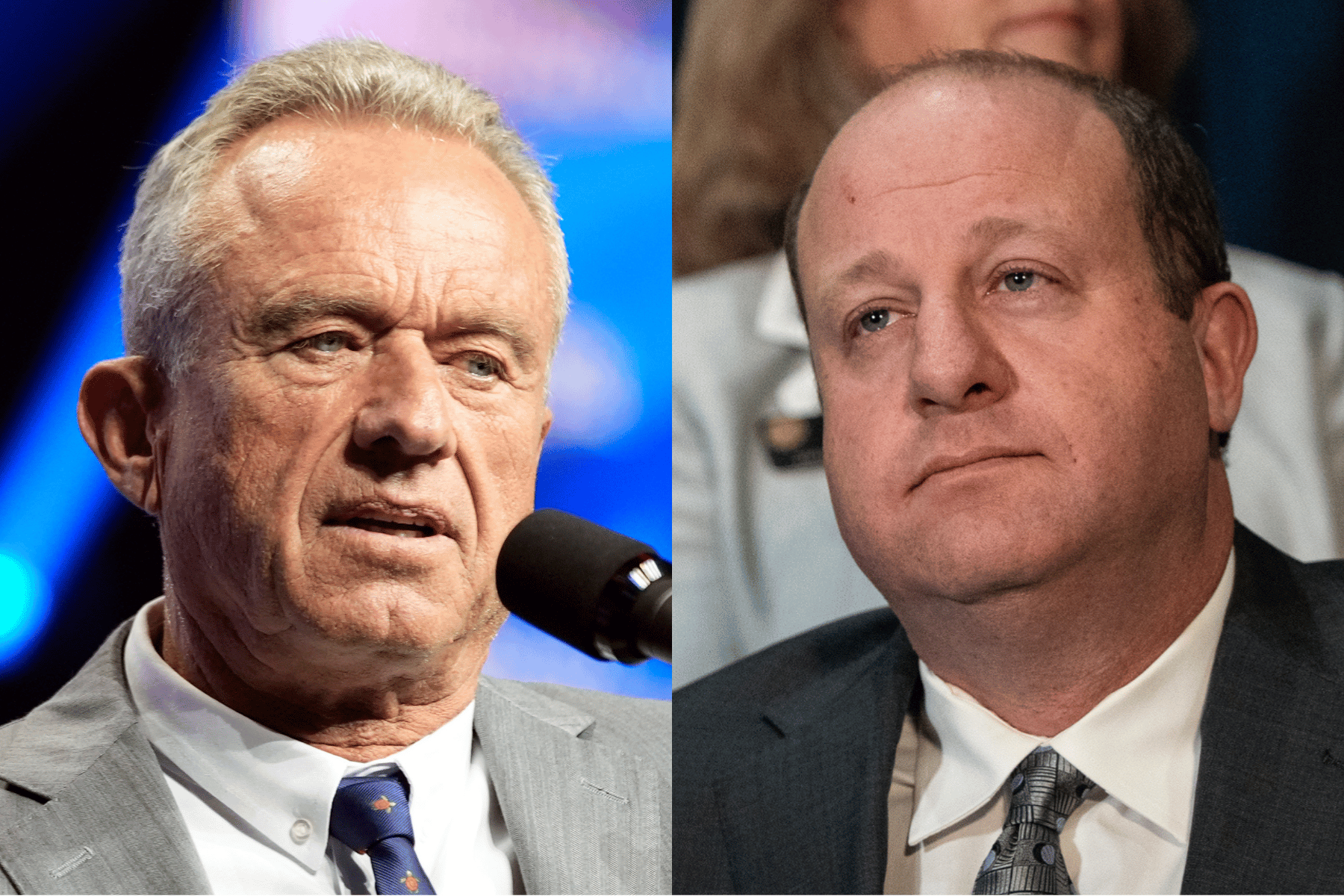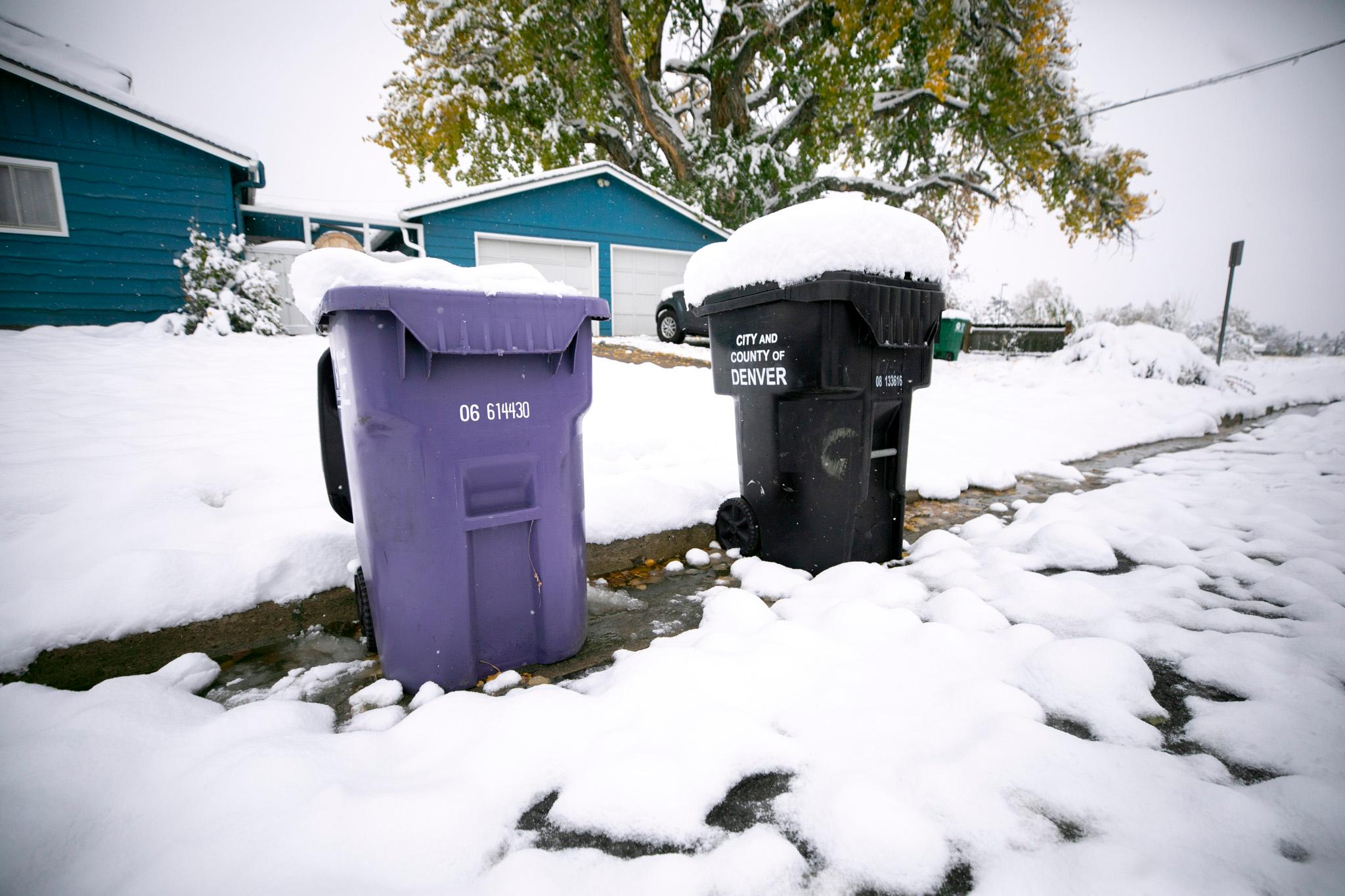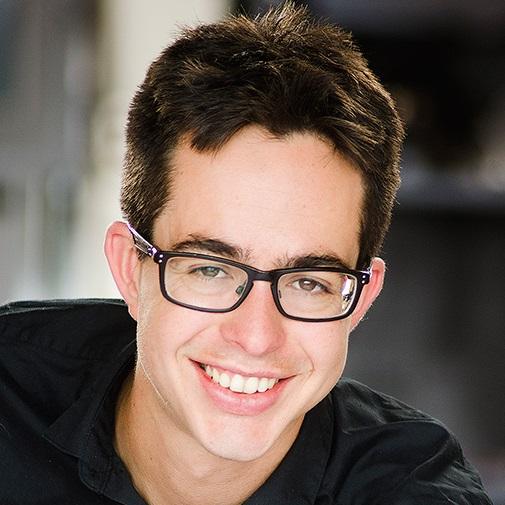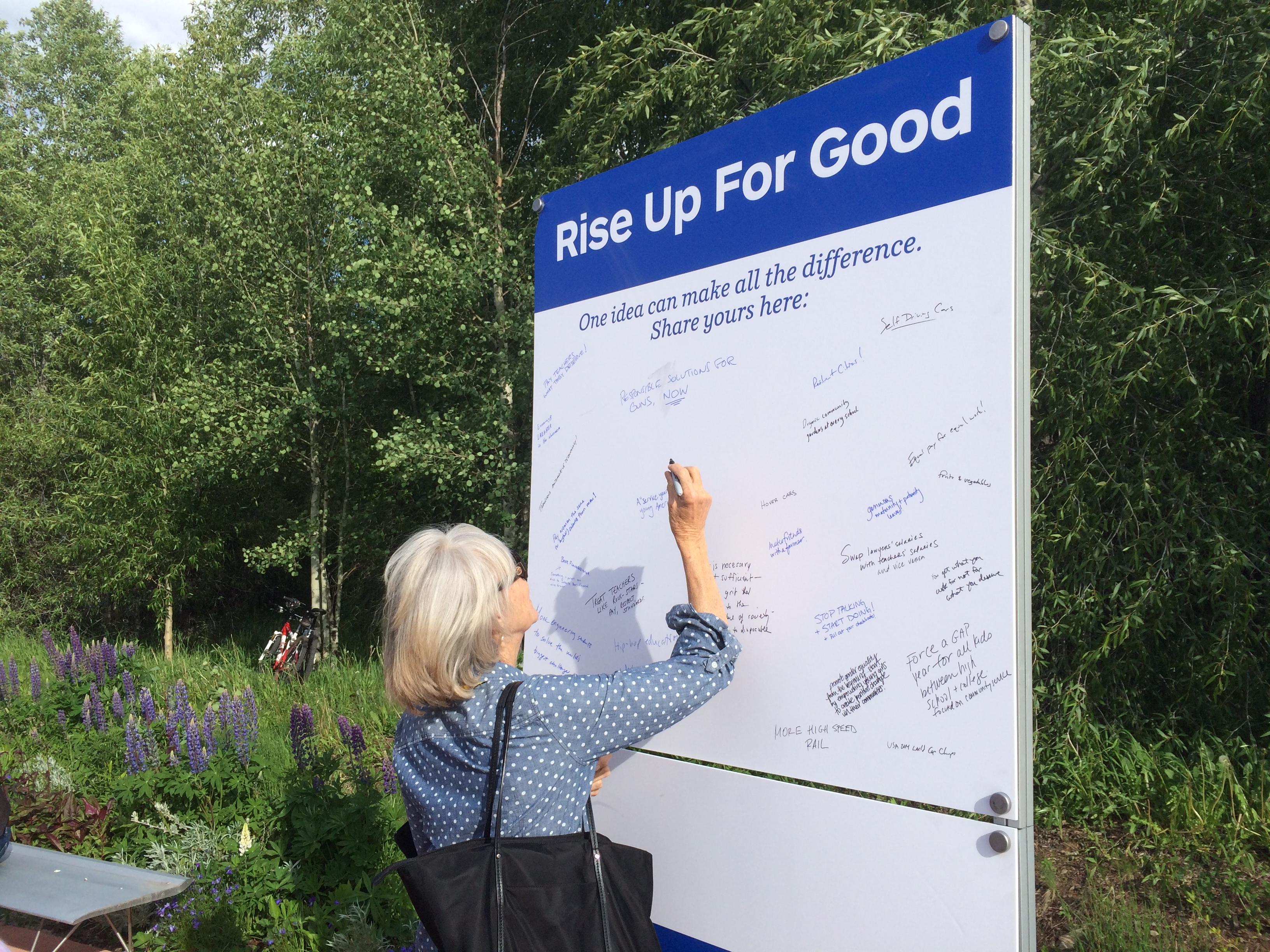
Over the weekend, Henry Evans visited the Aspen Ideas Festival (AIF), a gathering of major players from fields as diverse as politics, art and education that takes place each summer in the Colorado mountain town of Aspen under the auspices of The Aspen Institute.
But the robotics expert never left his bedroom in Palo Alto, California, to make the trip.
Evans can’t talk and he’s a quadriplegic after he suffered a stroke-like attack at the age of 40.
Following years of therapy, Evans can move his head and use one finger, allowing him to communicate with a computer and an experimental robot interface.
It was by virtue of a telepresence robot -- known as "Beam" -- that Evans was able to be at the AIF and communicate with others while there.
A passionate arts lover, Evans has used this technology to tour museums like the de Young Museum in San Francisco and the National Museum of Australia in Canberra.
"It beats staring at my ceiling," Evans says of the technology's ability to transport him virtually to the exhibition hall. "But if you can be there in person, it's better."
Evans' artistic application of Beam was just one of the cultural-focused offerings at this year's AIF.
The event, which runs through July 3, included presentations and appearances by many cultural figureheads.
Film and theater producer Julie Taymor ("The Lion King") screened and talked about her new movie adaptation of Shakespeare’s "A Midsummer Night’s Dream."
Actor Robert De Niro gave a presentation about his father, Robert De Niro Sr., a painter in New York who enjoyed some professional success in the 1940s and 50s. But his career tanked in the post World War II art market.
Charles "Lil Buck" Riley, a dancer specializing in a form of street dance known as jookin', and television and movie actress Alfre Woodard ("Desperate Housewives," "True Blood," "12 Years a Slave") were also present.
Riley and Woodard are currently artists in residence with the AIF.
The AIF artist in residence program launched in 2006. Its first recipient was the actor, playwright, and activist Anna Deavere Smith.
Since then, artists like Yo Yo Ma, Chuck Close and Taymor have become alumni of AIF's artist in residence program.
The role of the artist residency has expanded over the years. The original aim was to bring in an artist or two to the Festival to give a presentation.
But since dancer Damian Woetzel came on board as director of the resident artist program three years ago, it has become much more integrated into the year-long activities of the Aspen Institute.
Woetzel, who is also artistic director of the Vail International Dance Festival, says the AIF is not so much focused on celebrating the arts, but rather on looking at how arts fit into the bigger picture of society.
“We look at arts in education and at arts in economic development and arts in diplomacy," Woetzel says. "And all the varying ways they play a role, and what the varying aspects of that collaboration look like entail and how we can activate them.”
For example, this year's Festival featured a panel on how arts are an essential component of successful cities today.
The eclectic lineup of panelists included Kate Levin, who served as commissioner for cultural affairs in New York under Mayor Michael Bloomberg, Jamie Bennett from ArtPlace, an organization which supports creative spaces and projects in cities and Janet Echelman, a sculpture artist, among others.
The AIF was founded in 1949 with a 20-day festival devoted to celebrating the 200th birthday of the German Romantic poet Goethe. Playwright Thornton Wilder and pianist Arthur Rubinstein were present among other leading cultural luminaries of the time.
But over the years, the Institute became more specialized in policy work and the arts took a back seat for a while.
Culture came back into the mix when the late entrepreneur and Aspen Institute trustee Sidney Harmon pushed to make the arts more of a focus once again.
Together with movie mogul Michael Eisner, they created the artists in residence program and the arts programming blossomed from there.
